Sensory
Integration
Sensory toys and tools that are designed to engage and stimulate the senses. Devices that support individuals with different sensory preferences and sensitivities.
Sensory integration is the process of organizing sensory information to produce appropriate responses. For individuals with special needs, this process might be challenging. This may lead to sensory sensitivities or difficulties.
This category aims to provide activities that promote sensory exploration. Introduce tools that help individuals better understand their sensory experiences. Leading to improved emotional regulation and increased comfort in different environments.
Subcategories

Calming and Relaxation Tools
These tools promote relaxation and emotional well-being. They include weighted blankets and stress-relief toys. By utilizing these resources, individuals can achieve comfort and tranquility.
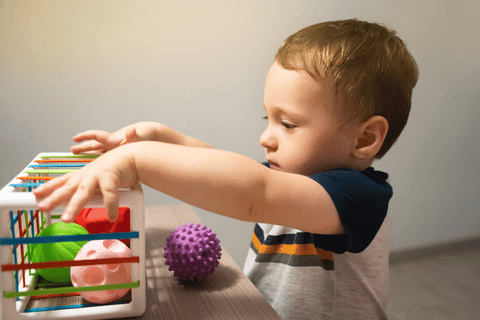
Tactile Stimulation and Exploration
Tactile tools offer diverse textures and shapes for sensory exploration. Users can engage their sense of touch through fidget toys, textured surfaces, and sensory balls. These activities encourage active participation and stimulate tactile awareness.
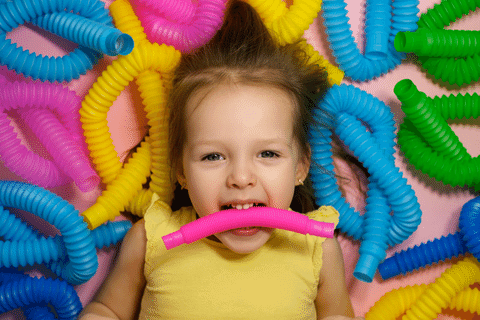
Oral Sensory Stimulation
Oral tools provide sensory experiences through mouth exploration. Includes chewing toys or textured oral tools. Tools that help individuals with oral sensitivities or sensory-seeking behaviors
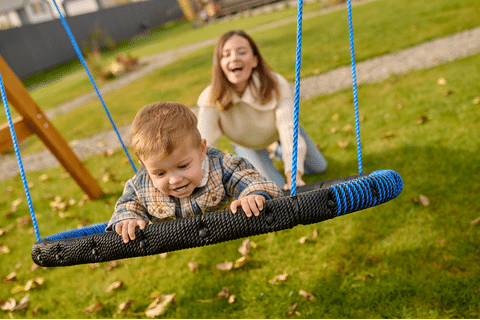
Vestibular Stimulation and Balance
Vestibular tools focus on balance and body movement. Activities like swinging or rocking promote vestibular stimulation, enhancing spatial awareness and coordination.
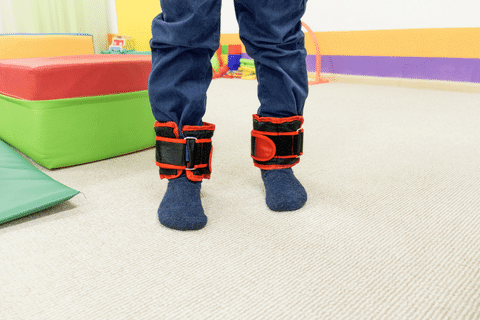
Proprioceptive Stimulation and Deep Pressure
Proprioceptive tools apply deep pressure to support sensory integration. This includes compression vests or weighted vests. Devices that provide a comforting sensation, assisting in body awareness and calming responses.

Visual Stimulation and Engagement
Visual tools that captivate and engage the sense of sight. Include tools with interactive light-up toys and visually stimulating games. It can help individuals improve focus and attention. These resources promote cognitive development and foster visual exploration.
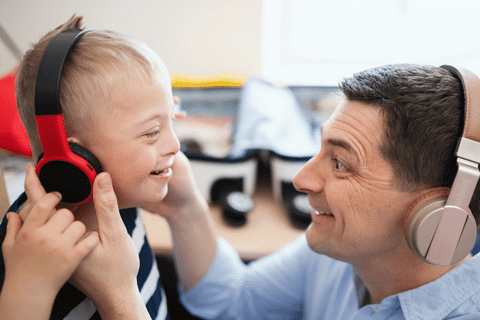
Auditory Stimulation and Sensory Integration
By utilizing auditory tools, individuals can enhance their sense of hearing through sounds and music. Calming melodies and noise-canceling headphones offer valuable support by assisting individuals in managing sensory sensitivities and creating a peaceful environment.
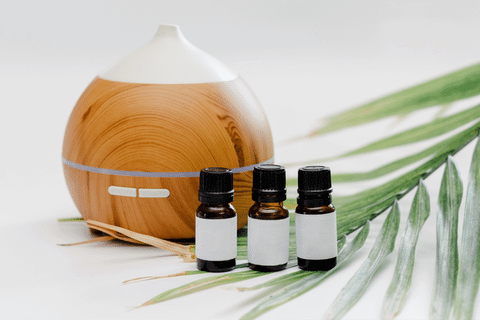
Sensory Tools for Olfactory Stimulation
Olfactory tools involve scents to stimulate the sense of smell. Aromatherapy or scented putty can evoke positive emotions and contribute to sensory experiences.
